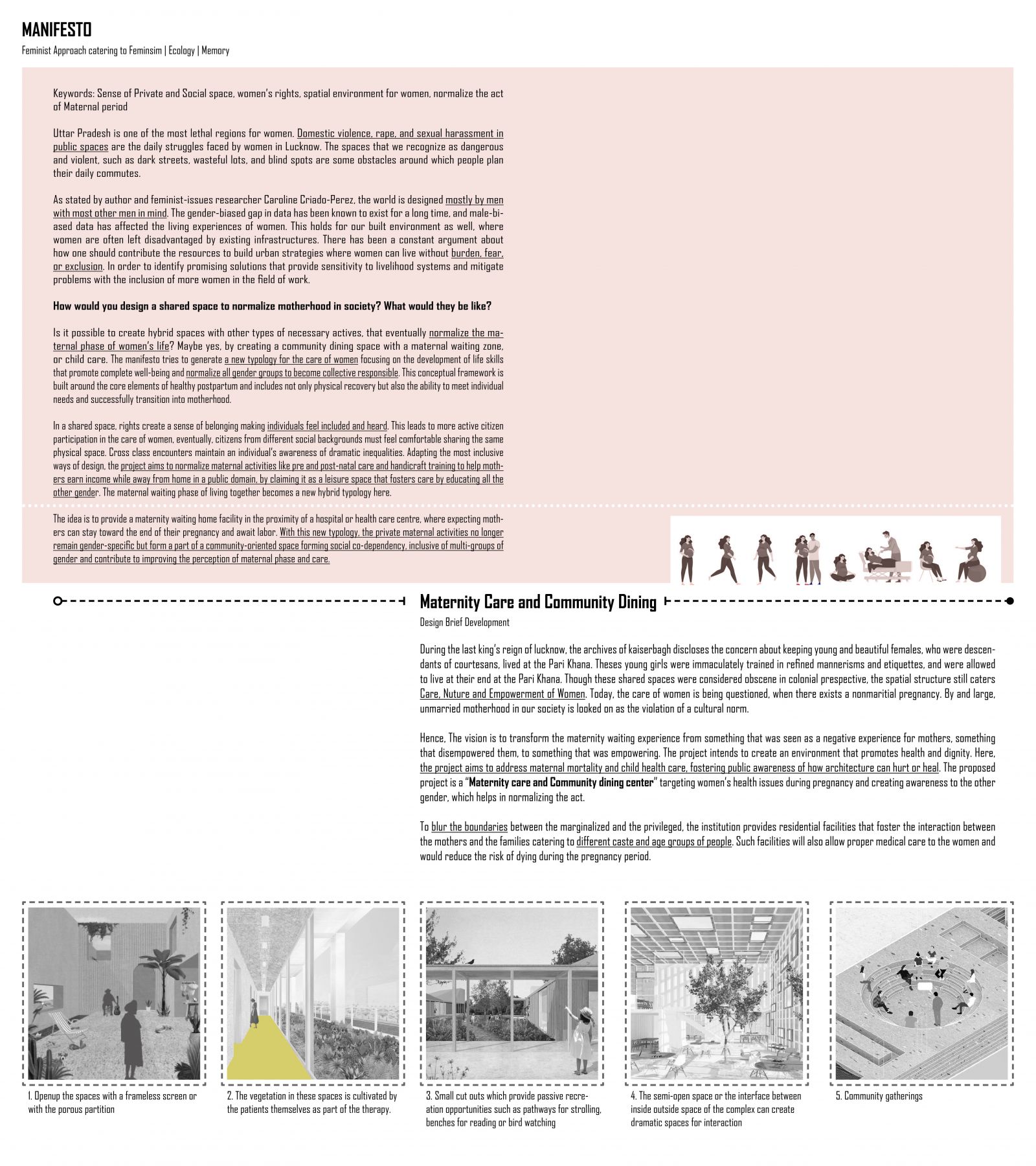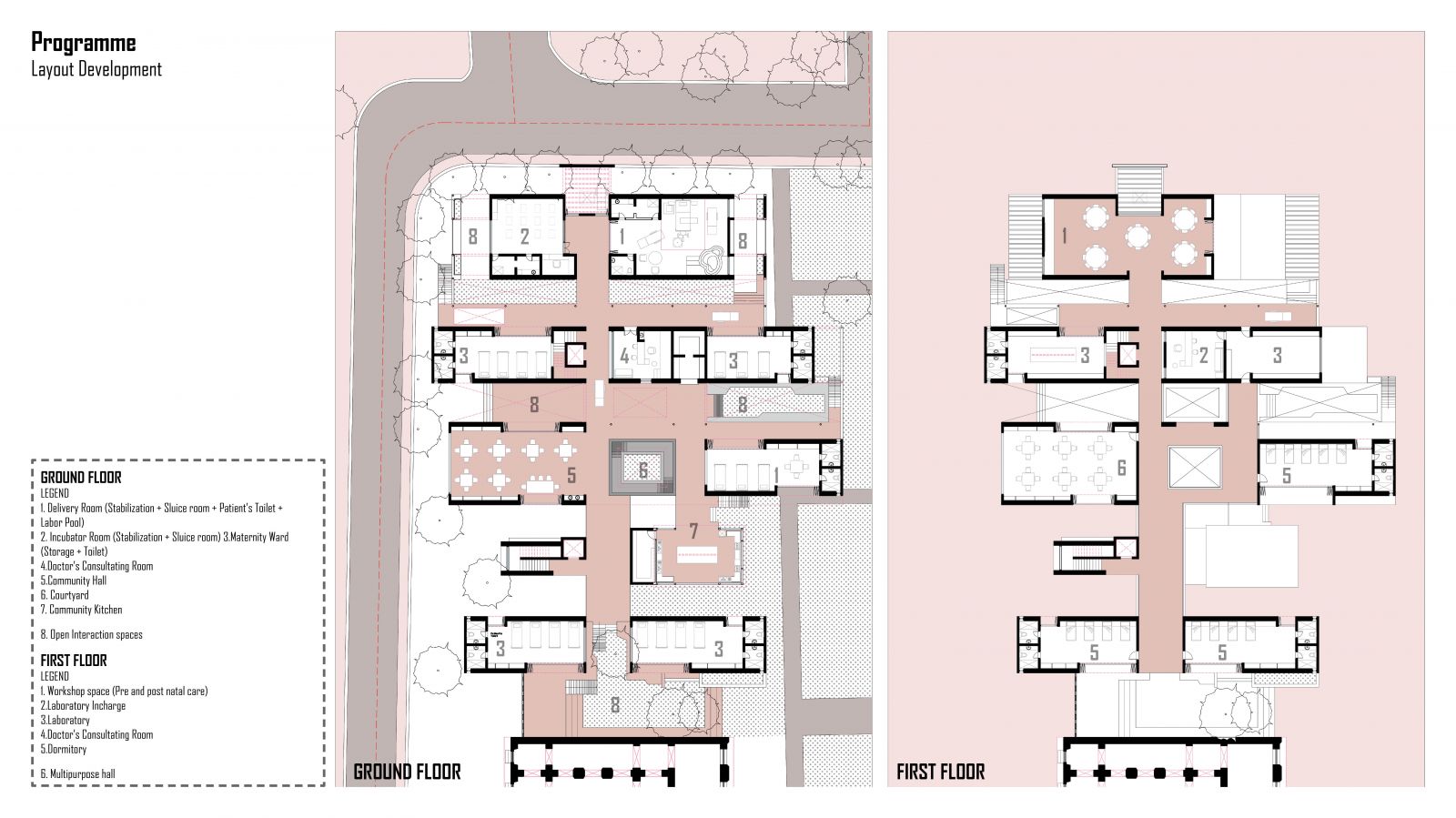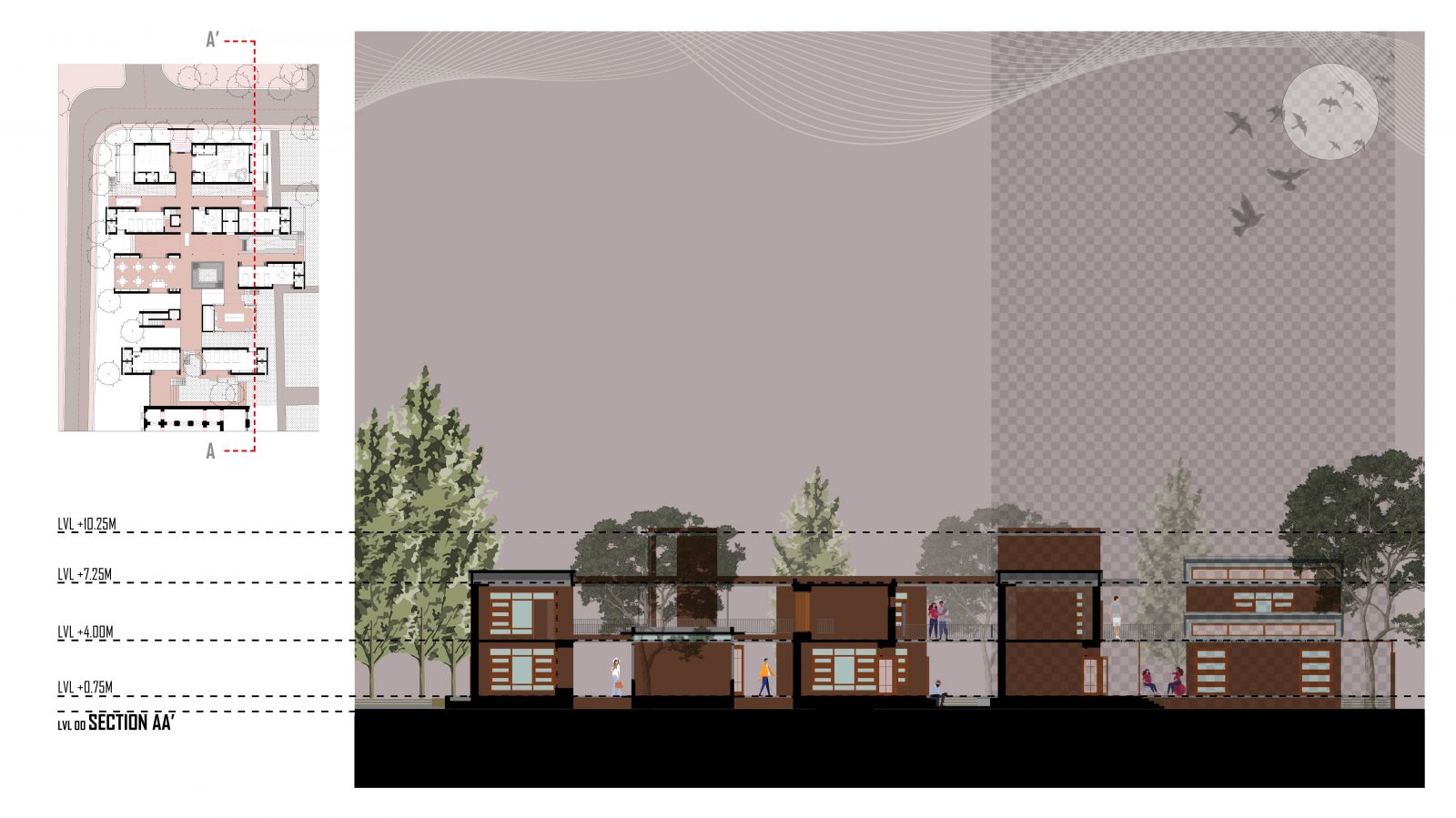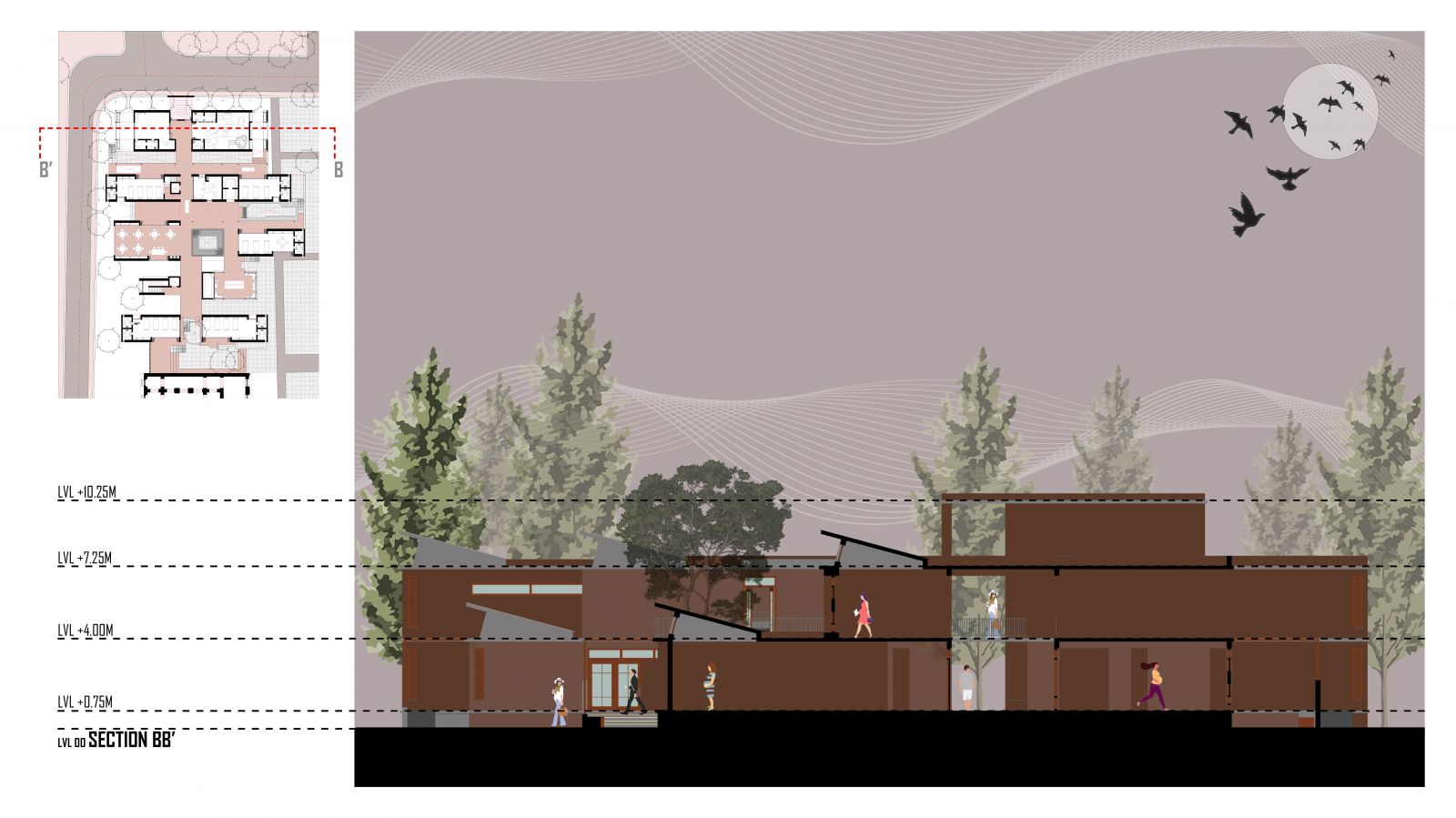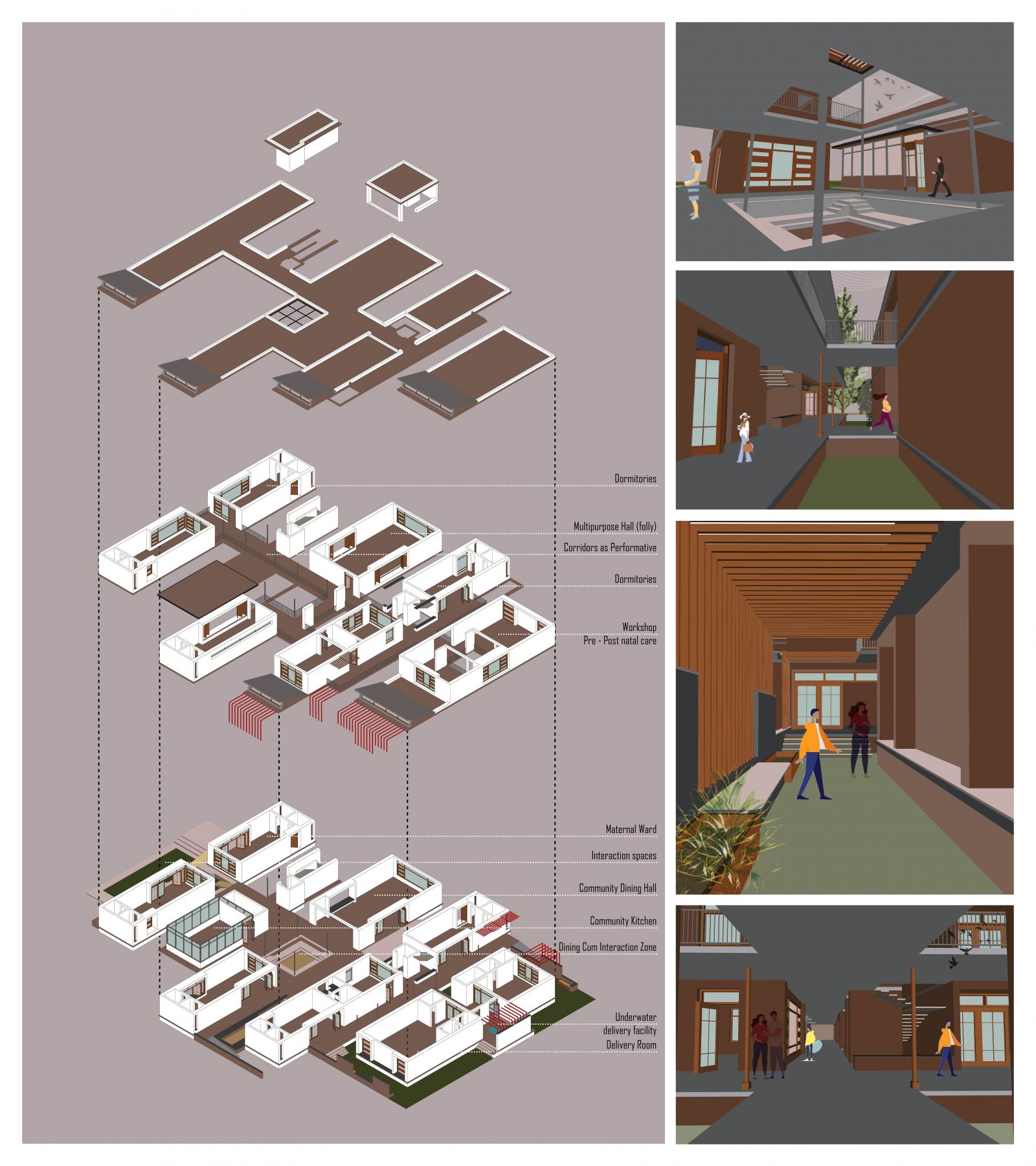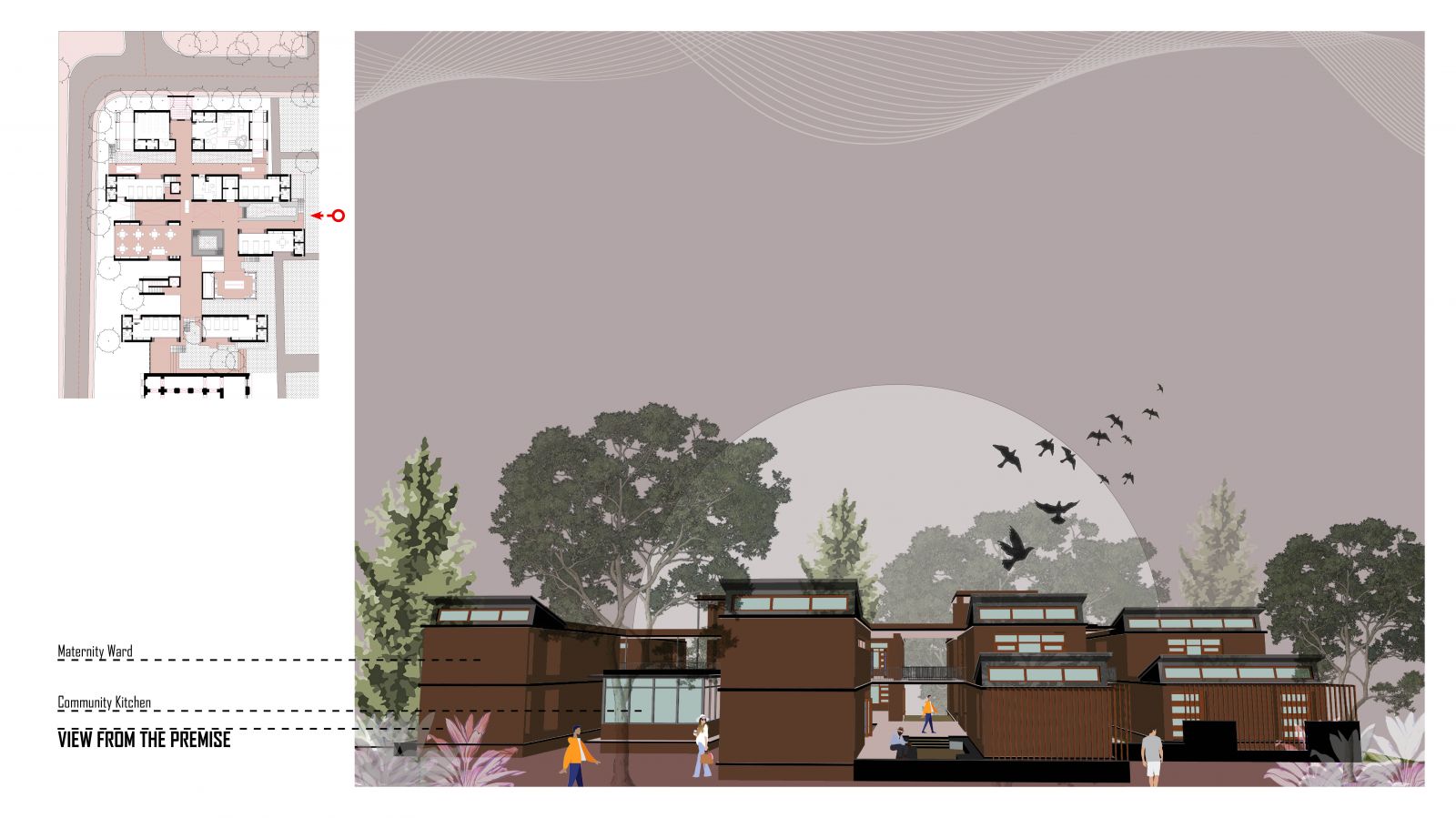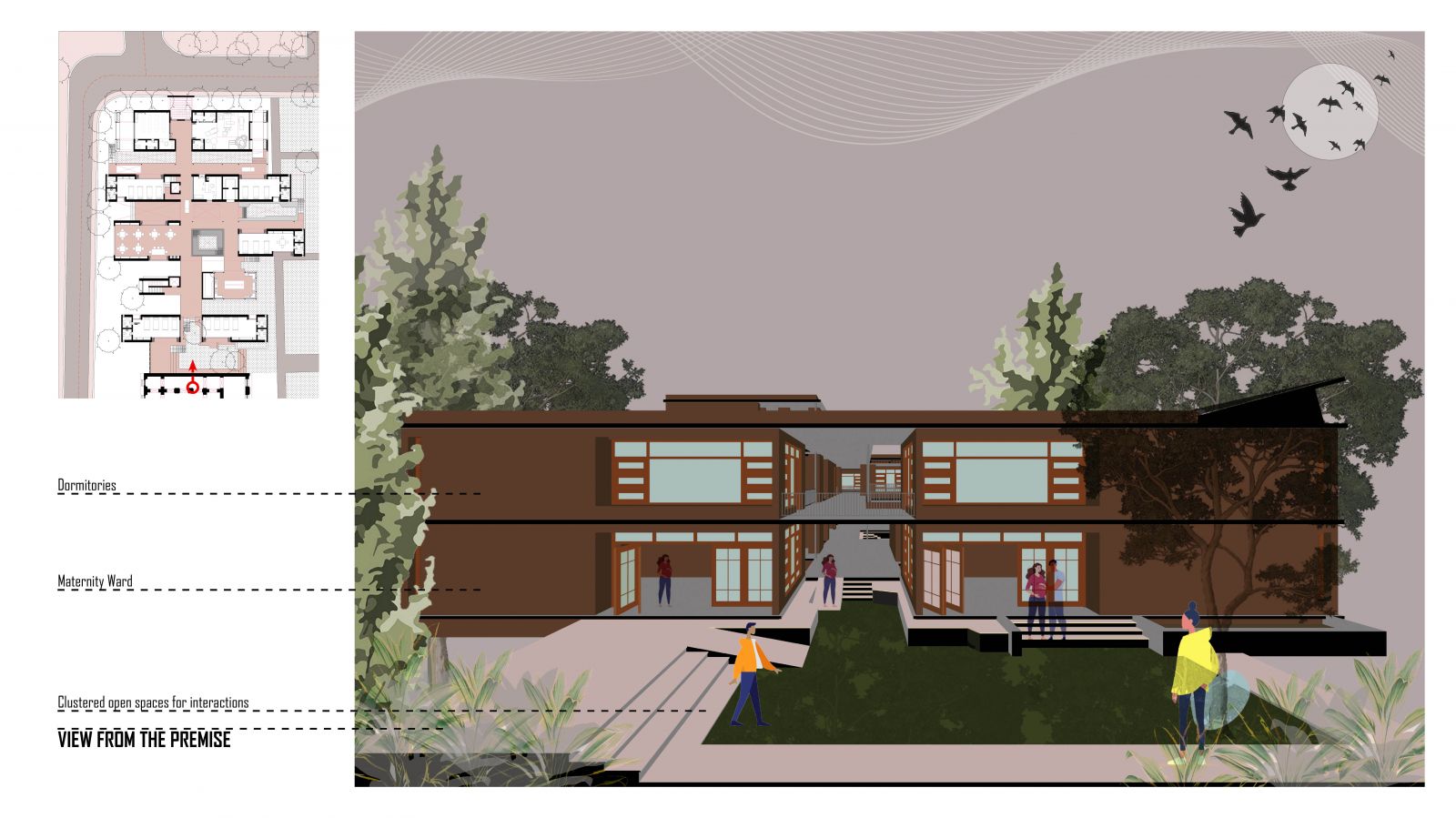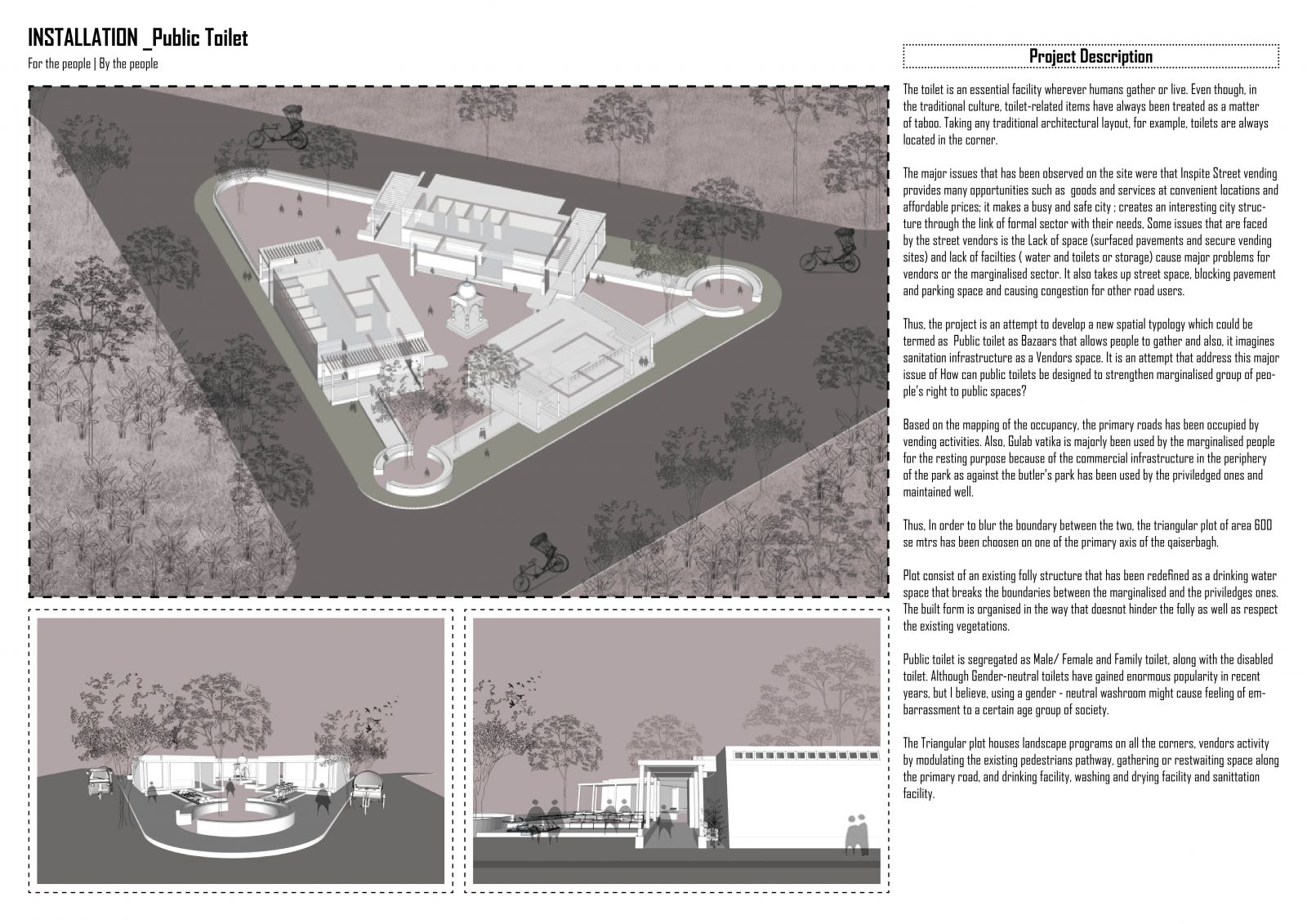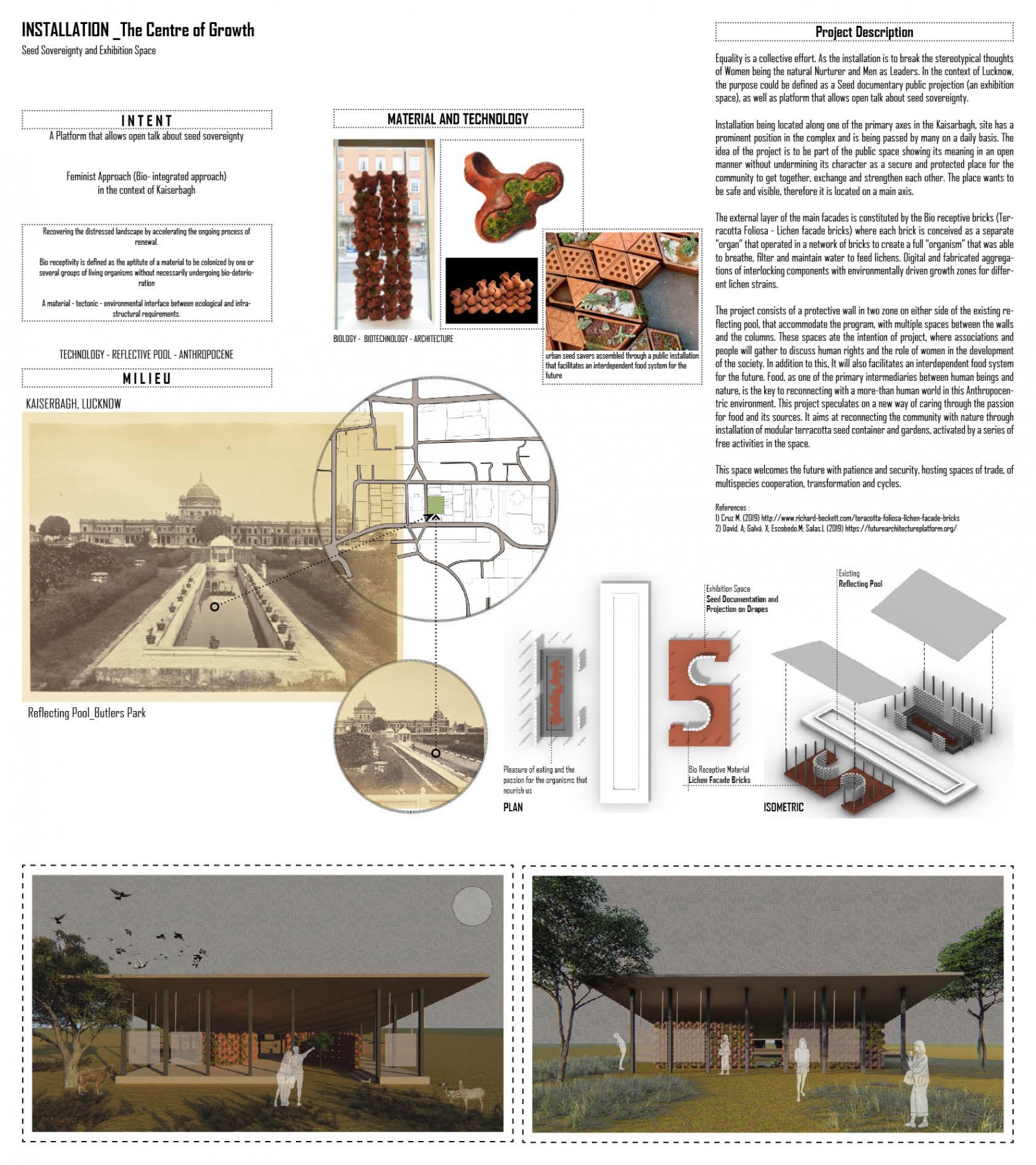Your browser is out-of-date!
For a richer surfing experience on our website, please update your browser. Update my browser now!
For a richer surfing experience on our website, please update your browser. Update my browser now!
Uttar Pradesh is one of the most lethal regions for women. Domestic violence, rape, and sexual harassment in public spaces are the daily struggles faced by women in Lucknow. The spaces that we recognize as dangerous and violent, such as dark streets, wasteful lots, and blind spots are some obstacles around which people plan their daily commutes. As stated by author and feminist-issues researcher Caroline Criado-Perez, the world is designed mostly by men with most other men in mind. The gender-biased gap in data has been known to exist for a long time, and male-biased data has affected the living experiences of women. This holds for our built environment as well, where women are often left disadvantaged by existing infrastructures. There has been a constant argument about how one should contribute the resources to build urban strategies where women can live without burden, fear, or exclusion. In order to identify promising solutions that provide sensitivity to livelihood systems and mitigate problems with the inclusion of more women in the field of work. How would you design a shared space to normalize motherhood in society? What would they be like? Is it possible to create hybrid spaces with other types of necessary actives, that eventually normalize the maternal phase of women’s life? Maybe yes, by creating a community dining space with a maternal waiting zone, or child care. The manifesto tries to generate a new typology for the care of women focusing on the development of life skills that promote complete well-being and normalize all gender groups to become collective responsible. This conceptual framework is built around the core elements of healthy postpartum and includes not only physical recovery but also the ability to meet individual needs and successfully transition into motherhood. In a shared space, rights create a sense of belonging making individuals feel included and heard. This leads to more active citizen participation in the care of women, eventually, citizens from different social backgrounds must feel comfortable sharing the same physical space. Cross class encounters maintain an individual’s awareness of dramatic inequalities. Adapting the most inclusive ways of design, the project aims to normalize maternal activities like pre and post-natal care and handicraft training to help mothers earn income while away from home in a public domain, by claiming it as a leisure space that fosters care by educating all the other gender. The maternal waiting phase of living together becomes a new hybrid typology here. The idea is to provide a maternity waiting home facility in the proximity of a hospital or health care centre, where expecting mothers can stay toward the end of their pregnancy and await labor. With this new typology, the private maternal activities no longer remain gender-specific but form a part of a community-oriented space forming social co-dependency, inclusive of multi-groups of gender and contribute to improving the perception of maternal phase and care.

